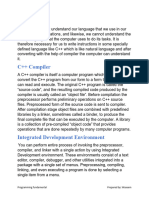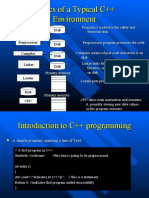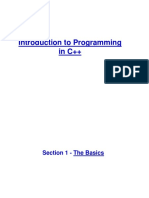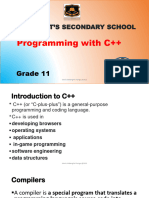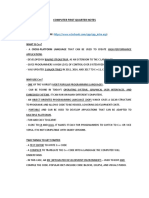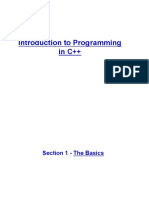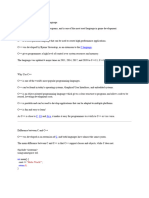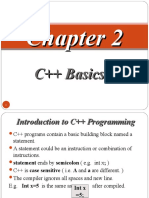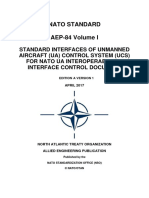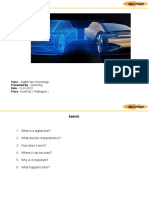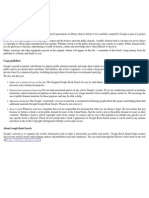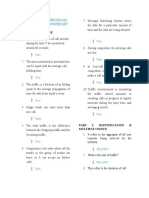0% found this document useful (0 votes)
43 views30 pagesLecture 4 C++ Fundamentals
Uploaded by
ahra8462967Copyright
© © All Rights Reserved
We take content rights seriously. If you suspect this is your content, claim it here.
Available Formats
Download as PDF, TXT or read online on Scribd
0% found this document useful (0 votes)
43 views30 pagesLecture 4 C++ Fundamentals
Uploaded by
ahra8462967Copyright
© © All Rights Reserved
We take content rights seriously. If you suspect this is your content, claim it here.
Available Formats
Download as PDF, TXT or read online on Scribd
/ 30




















